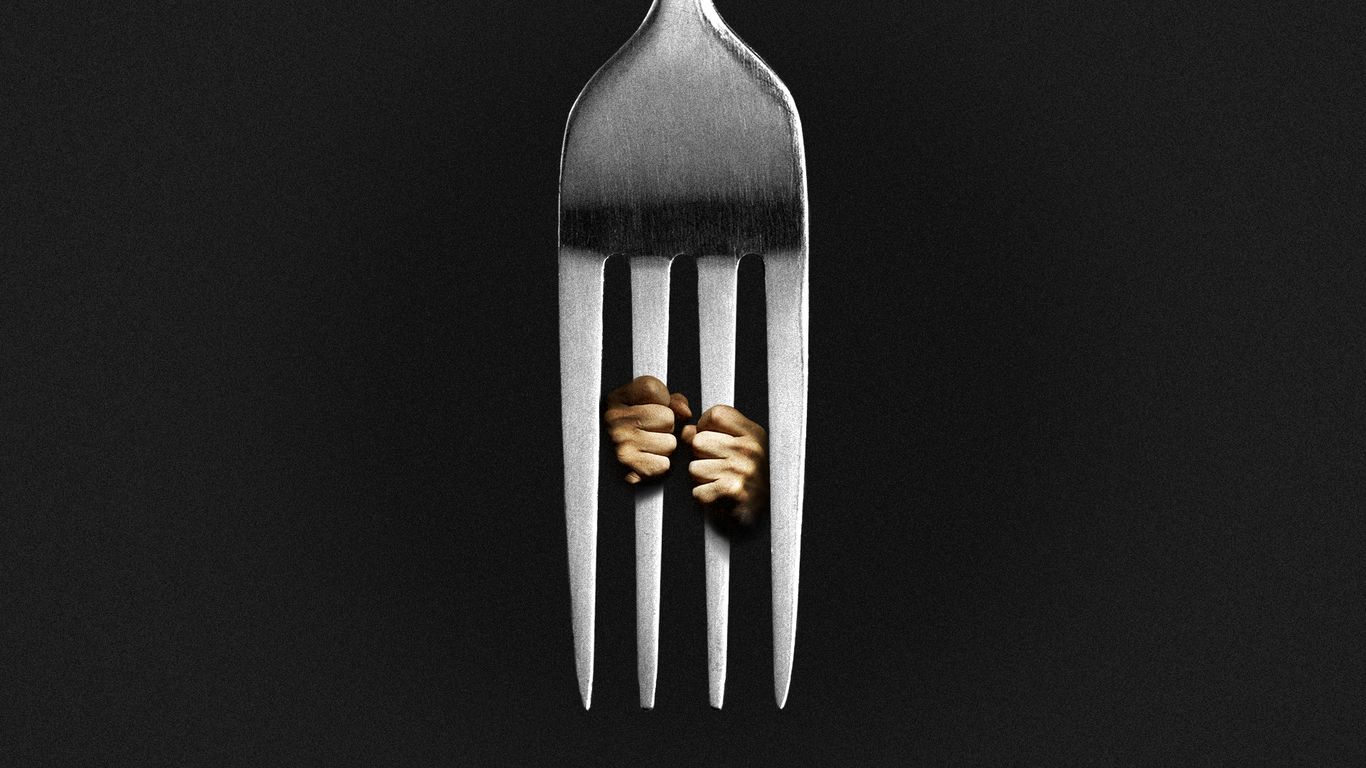
"State of play: Low-income families are scrambling to figure out how to pay for food, and facing some painful choices in the coming days: deciding whether they can pay rent or other bills or skipping meals so their children can eat. Some will have to choose between going to work or standing in line at the local food bank, where need has been growing all year."
"Where it stands: After two federal courts forced its hand,the White House now says it will pay partial SNAP payments for the 42 million Americans who rely on the food program, blaming the government shutdown. It's not yet clear when those payments are going out - it could be weeks, as different states update systems to accommodate changes. "It will depend on the state," says Katie Bergh, a senior policy analyst at the Center on Budget and Policy Priorities."
""Right now my fridge is bare minimum," says Ashleigh Lijon, who lives in Federal Way, Wash., with her six children and husband. "I have about one week's benefits left." When asked how she's going to pay for food once that runs out, Lijon says: "I honestly have no idea." The closest food bank is 45 minutes away, she says. And the lines are long. In the past week, she's had to leave to pick up her kids without getting anything."
Low-income families that rely on SNAP are confronting immediate food insecurity and painful trade-offs between paying rent, bills, medication or buying food for children. Partial SNAP payments have been announced for 42 million Americans after court action, but timing is uncertain and could take weeks as states update systems to implement changes. Most SNAP recipients, including children, elderly and many disabled people, typically spend benefits the month they receive them and now face planning challenges. Food banks are farther away and busier, forcing some families to travel long distances or leave without assistance.
Read at Axios
Unable to calculate read time
Collection
[
|
...
]